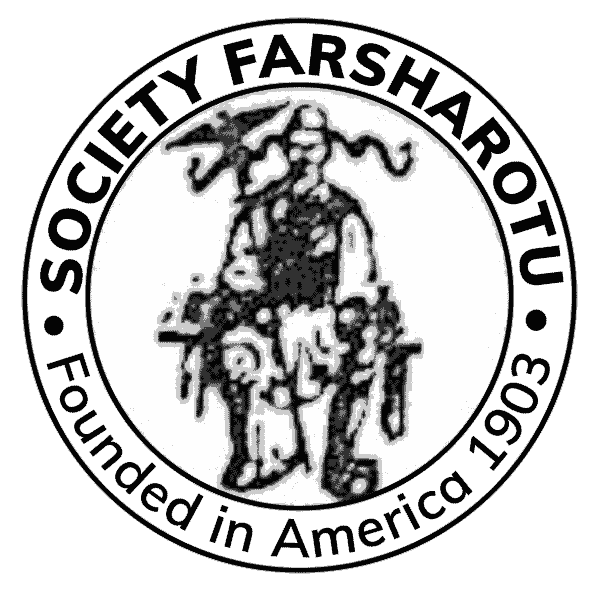Religion, Birth, and Death in Baieasa
Greek Orthodox was the religion of Baieasa. The sign of the cross is made with the right hand and with three fingers, first touching the forehead, then the stomach, then the right breast, and then the left. I believe that the people of our town were very religious—especially the women. The reason for this was the fact that the women had the responsibility of the health of their children. In time of crisis there were no doctors to turn to, so the only remedy was intense prayer and a visit to the shrine.
The patron saints of the village were St. George, on the right bank of the Aous River and near the town square, and Saint Anthony, on the left side of the river in the meadows. The S’ta. Vinera (St. Friday, protector of trade, virginity, and the family) was located on a steep hillside on the left bank of the river. This was the favorite worship site of the women.
I remember that my mother visited it in the middle of winter when my brother Peter was running a burning fever and would have died. She went through the snow on a cold night and into an unheated chapel, and prayed with all the intensity she could muster. She used to describe this experience with awe, and it is one of the things that I remember best of my childhood. She brought the baby to the chapel, and prayed holding the child. Much after midnight, she believed that a strange light illuminated the chapel, which up to that moment had been lit by the flickering light of two home-made candles. My mother believed that a miracle had occurred. The baby’s temperature dropped and my brother lived.
The icon was the holy image in the home. Most of the icons were of the Virgin Mary, or of Saint George killing the dragon. The woman of the house took care of the icon. A taper generally burned before it, consisting of a wick passing through a hole punched in a piece of tin, which itself was contained in a glass of water with an inch or so of olive oil floating on the top. It would burn a long time with very little fuel. It was known as a candila and the candle was called a lambadha .
People were born and died in their own houses. Primitive as this may seem, dying in one’s own home, with people who love you surrounding you, may be much better than dying in America where your only companion may be an oxygen tank. A child, then, became familiar with (and usually at a very early age) life’s two most important phenomena: birth and death.
The midwife was the only person qualified to help in childbirth. The death of both mother and child was not uncommon. The deceased was buried within 24 hours in a casket of pine made locally. The mourning was an important ritual, with much wailing and hair-pulling. Funerals and mourning—as well as weddings and wedding celebrations—were collective matters, with nearly all the townspeople taking part.
As in days of old in nearly all European countries, the cemetery was located behind the church, in a kind of “holy ground.” Black was the color of mourning. Because the period of mourning was so long, the Vlach women—like many southern European women—passed their entire lives in black. One mourning period would continue into the next.
And there was no rest for the dead. They were allowed 5 years of peace in the ground, and then were exhumed. This was an elaborate ceremony, accompanied by crying and wailing. It was a kind of second funeral. The mortal remains were placed in an embroidered bag, and placed in a room or shed of the church. As the years went by and the deceased were forgotten, the bags would break and all the bones would be mixed up. Boys would sometimes play games with the “sacred relics” of the past.
The exhuming always appeared to me as a savage and inhuman practice, but the custom originated, I believe, because of the scarcity of space. There simply was not enough room for all the dead people. Maybe this is one of the reasons that so little is known about the inhabitants of our town. Grave markers usually have historic information on them.
Boiled wheat (granu) was the food associated with funerals and exhumation rituals. The church bells tolled at both types of ceremonies.


Responses